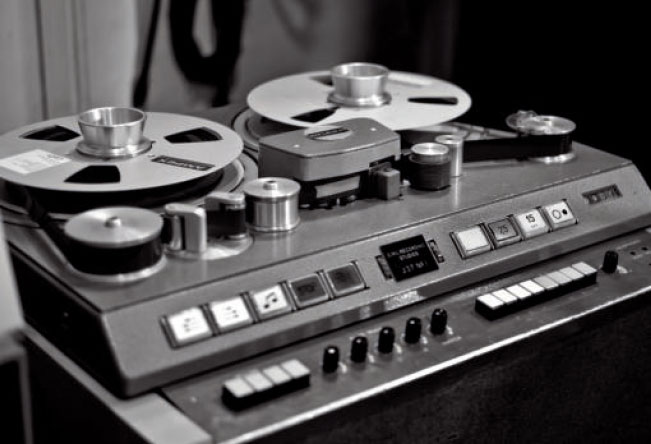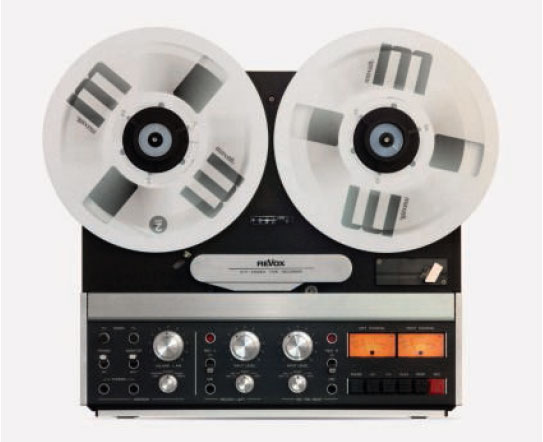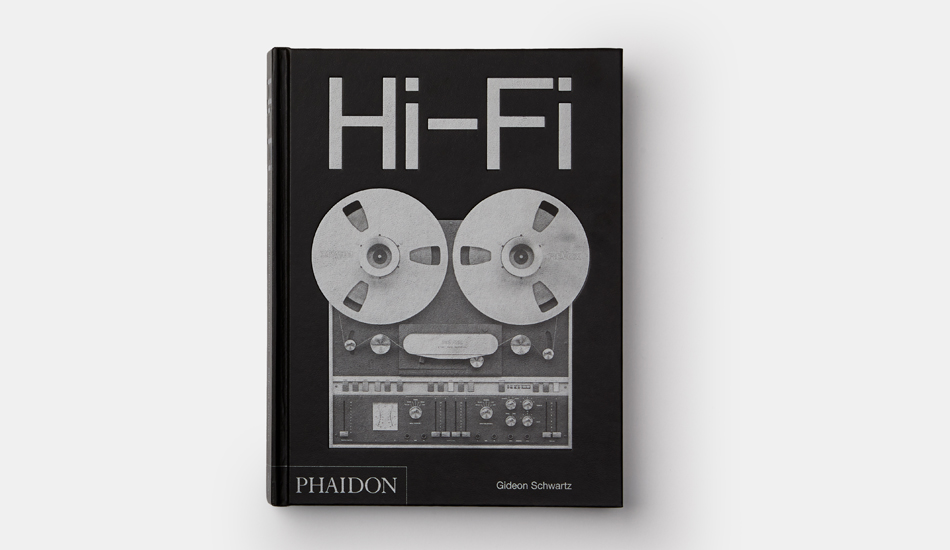
The starry rise of magnetic tape
Plundered from the Third Reich, tape enabled Elvis to record his first song - and the Beatles their best-loved album
In a post auto-tunes, social media world it's only the brave or (very) good old school artist who dares to ply their musical craft live on TV or radio.
However, as author Gideon Schwartz explains in his book, Hi-Fi: The History of High-End Audio Design, you only have to go back to the 1930s to reach a time when almost all broadcasts were live, as there were limited means to record audio.
This changed later in that decade, as the war effort drove audio technology in unexpected ways. “Fritz Pfleumer was a German-Austrian engineer who invented magnetized tape for recording purposes. By the 1930s, German electronics firm AEG had expanded on Pfleumer’s technology and built a reel-to-reel tape recorder called the Magnetophon, which was closely followed in 1935 by the company’s more practically sized Magnetophon K1,” writes Schwartz.
“As Adolf Hitler rose to power, Germany’s Nazi Party sought ways to utilize tape recording for its own purposes, and the research and development of this recording technique quickly became clandestine in nature and went underground. Hitler himself was particularly fond of the reel-to-reel machine and used it to perform in one location when he was actually at another.
“After the war, a U.S. army officer by the name of Jack Mullin went to Germany to seek out the Magnetophon, and discovered examples of it in Frankfurt. Once back in the States, Mullin modified the machine and attempted to market it to MGM Studios. With the help of engineers from the American Ampex electronics company, mega-star Bing Crosby was presented with the new recording method. Despite some initial reservations, Crosby was interested in it primarily as a means of pre-recording radio performances, thus obviating the need to perform live on a routine basis, which the entertainer found increasingly burdensome.

“So impressed was Crosby with the new technology that he joined the effort and arranged financial support for Ampex. With Crosby onboard, most major recording studios purchased the new Ampex machines, and tape was on its way to becoming a significant format for domestic hi-fi equipment. In 1954, Elvis Presley recorded his first single “That’s All Right” on an Ampex reel-to-reel machine. That same year, the company released the first multitrack audio recorder, which would thereafter dominate recording-studio technique.
“Although Ampex controlled the reel-to-reel landscape of the 1950s in the U.S., other firms around the world were beginning to turn their attention to domestic units. In the UK, for example, gramophone and record-player manufacturers such as Collaro entered the reel-to-reel market, while British company Ferrograph began to focus on bespoke units. Although little known outside vintage circles, Ferrograph built some of the most durable and dependable tape machines ever made.”
However, Britain’s best-known band actually favoured another brand of multitrack tape machine, when it came to recording their best-known album. “Founded in 1948 as Willi Studer, after its owner, the Studer-Revox company quickly established itself as preeminent in the world of professional tape recorders, starting with its earliest model, the Dynavox,” Schwartz writes. “In 1951, the firm created the Revox brand; while the Studer name focused primarily on the professional market, Revox was aimed at amateur and domestic hi-fi users.
“Due to this symbiotic pro-amateur branding relationship, Revox tape recorders earned instant credibility in the high-end segment. By the 1960s, Studer’s multitrack recorders were cropping up in noteworthy recording studios all over the world. The company’s already high profile was boosted yet again in 1967, when the state-of-the-art Studer J37 multitrack machine was used at London’s Abbey Road Studios to record The Beatles’ Sgt. Pepper’s Lonely Hearts Club Band album. Backed by this prestigious endorsement from its professional big brother, the domestic Revox brand made a strong entrance into 1970s analog high-end audio for amateur audiophiles.”

If you didn't spot it, that's a Revox A700 tape recorder which appears on the cover of Hi-Fi: The History of High-End Audio Design. You can learn lots more about these machines, as well as all manner of other pieces of hardware, by ordering your copy here.